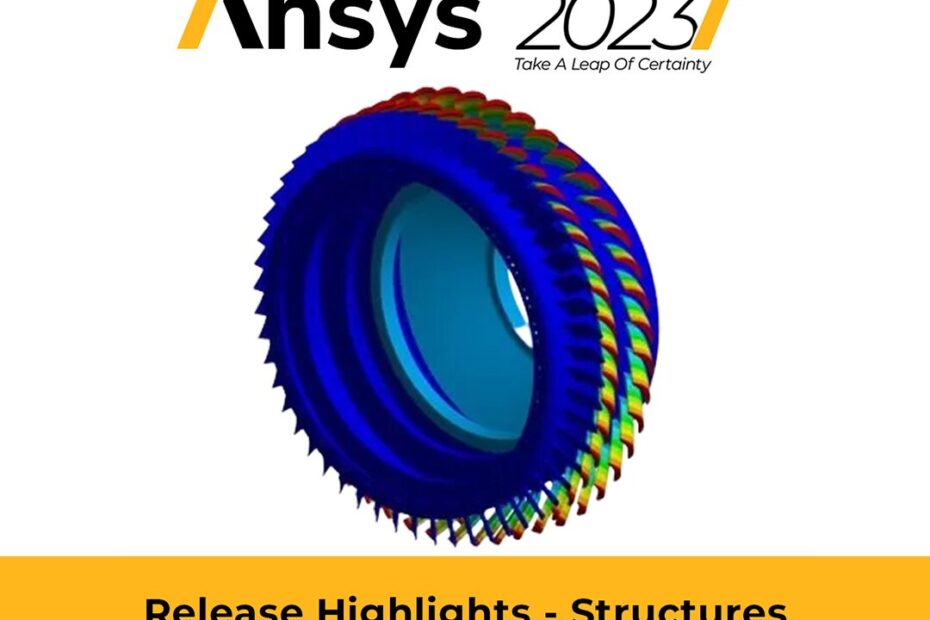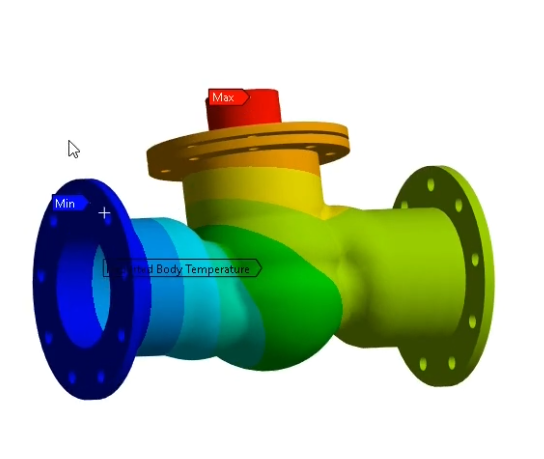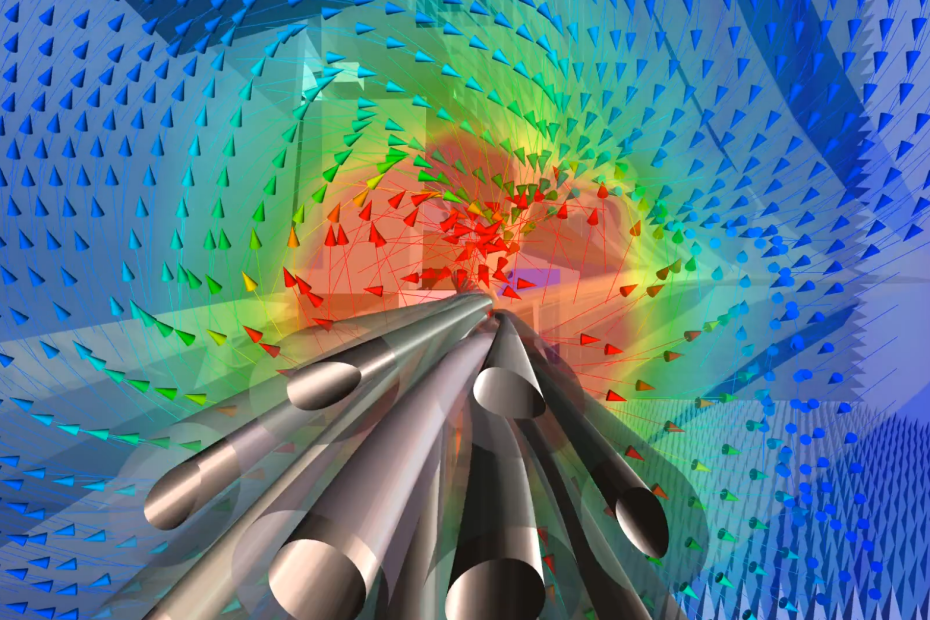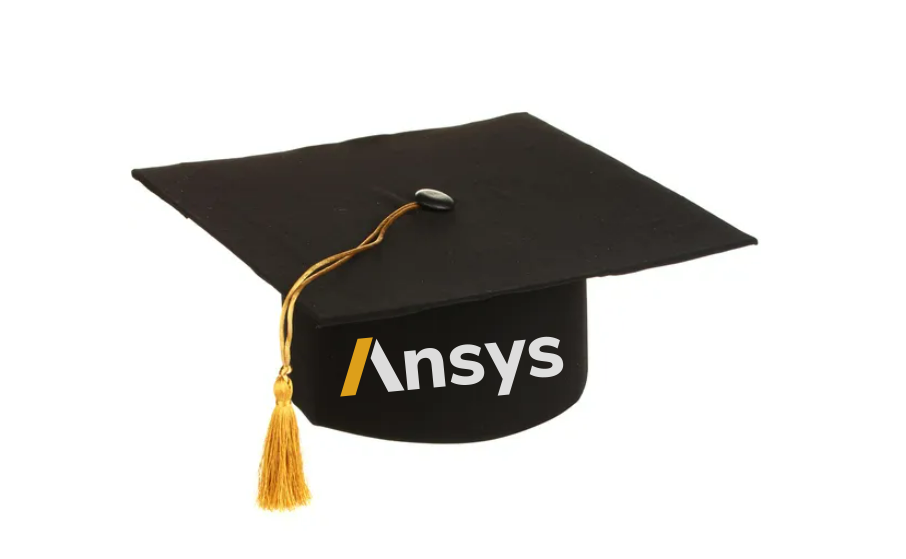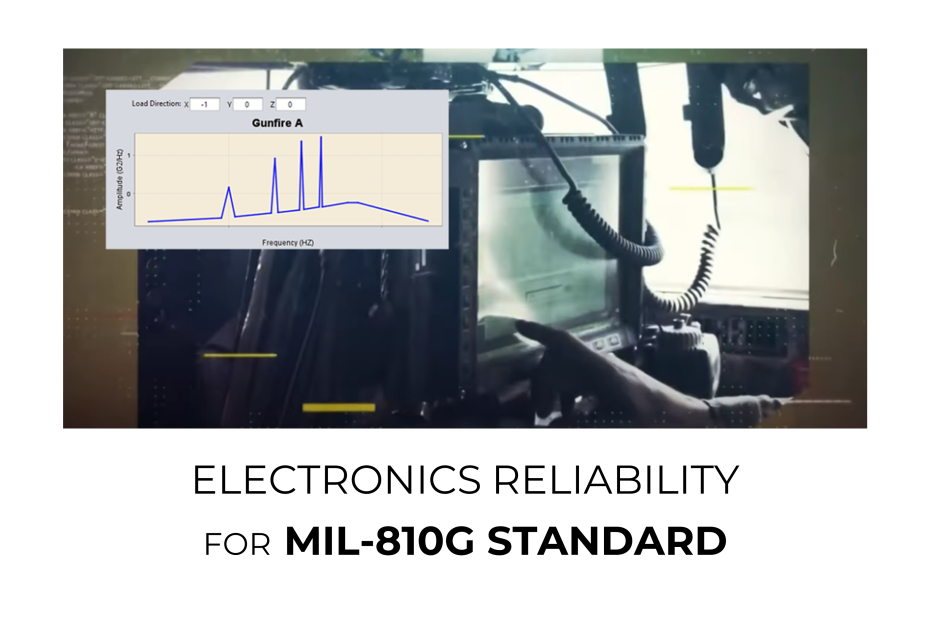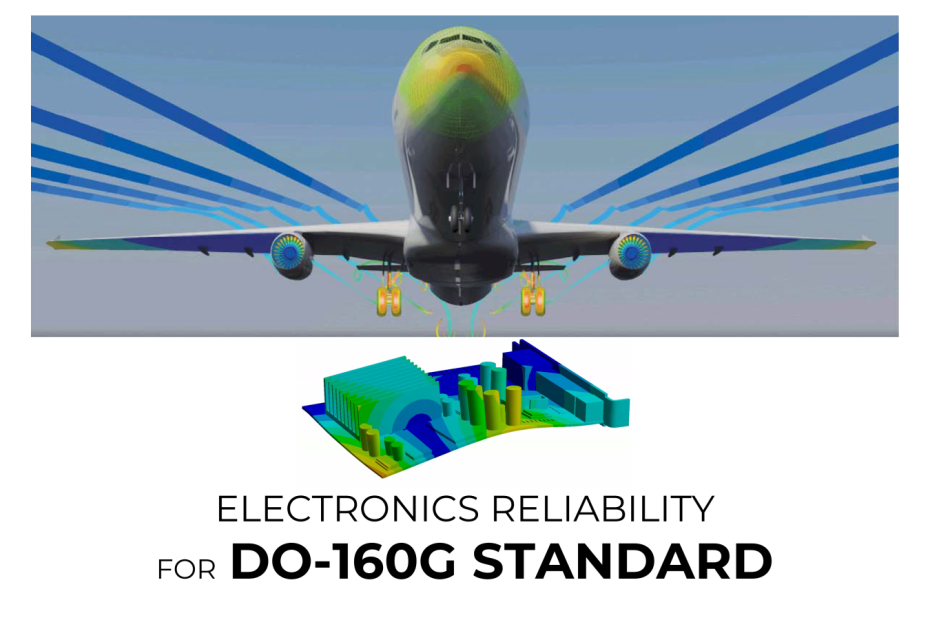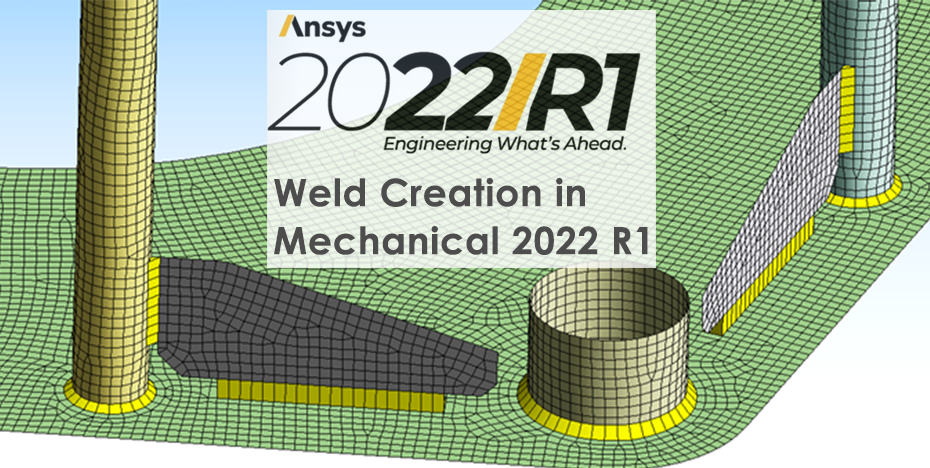Guest Blog: Designing optimal wear liners with Ansys Rocky
This guest blog by Dr Daniel Grasser, Consulting Engineer at TUNRA Bulk Solids, Australia provides detailed insight into his DEM studies into reducing wear in bulk materials handling equipment during his affiliation with the ARC Training Centre in Alloy Innovation for Mining Efficiency (mineAlloy) at Deakin University. Learn how Dr Grasser utilised Ansys Rocky to better understand particle flow to improve and optimise the design of wear liners while reducing the need for experimental testing.



